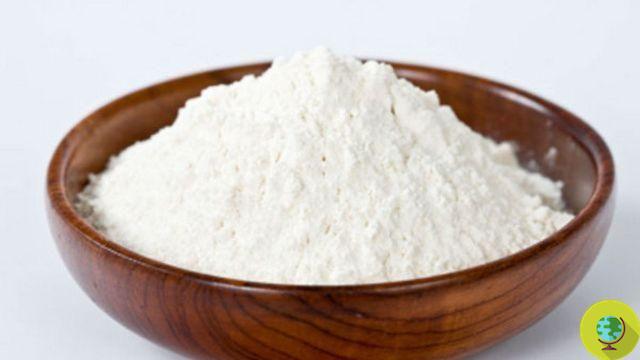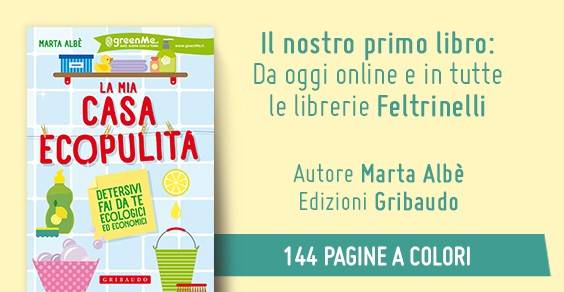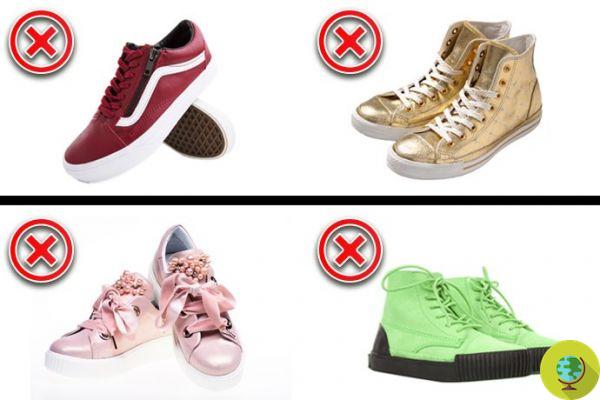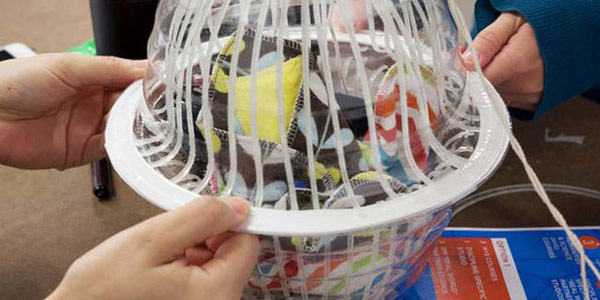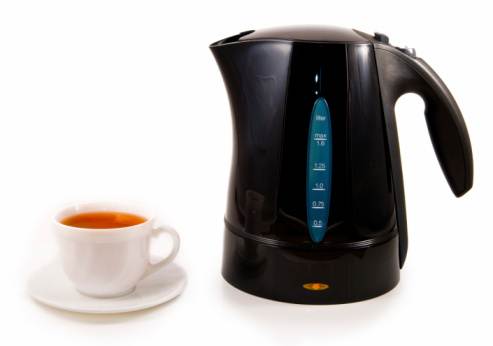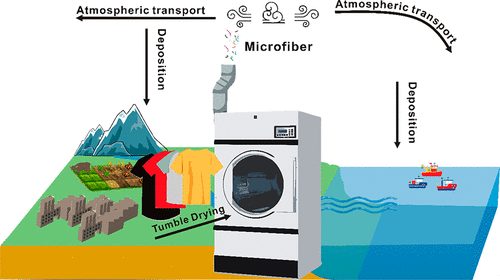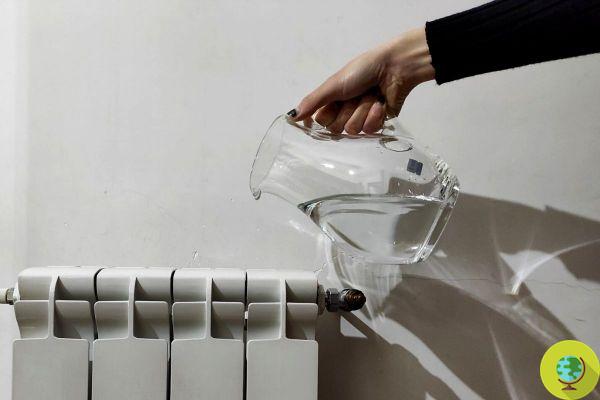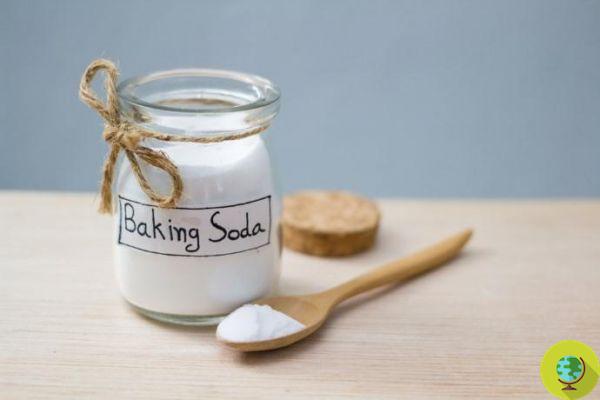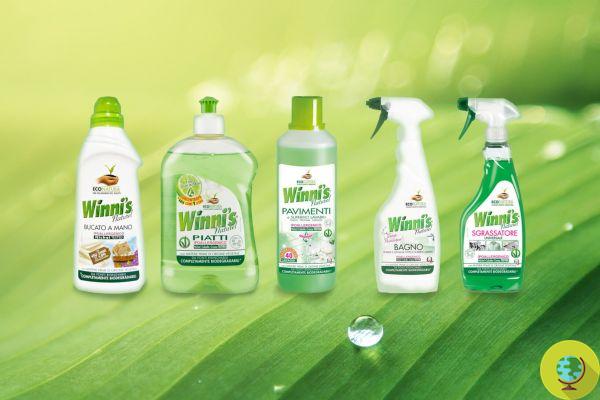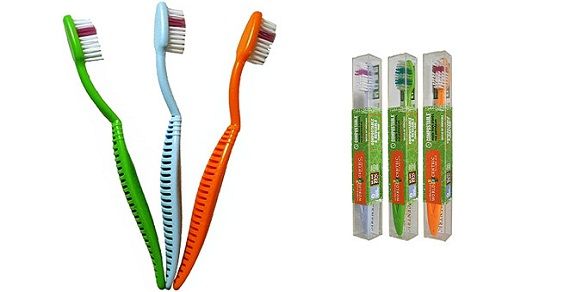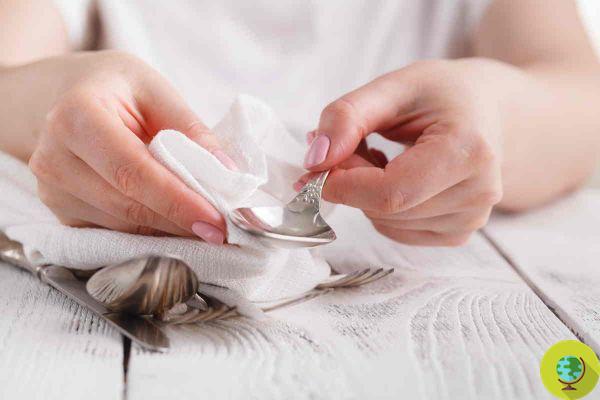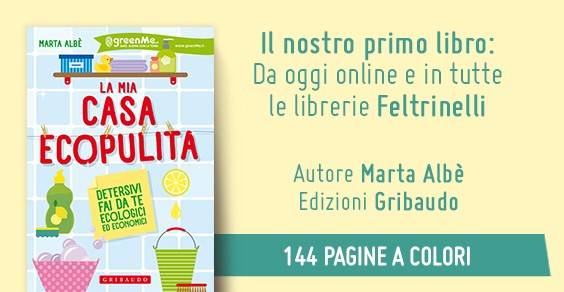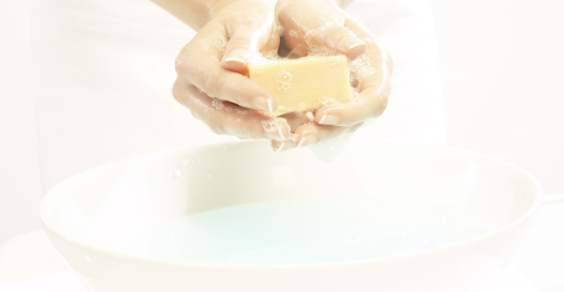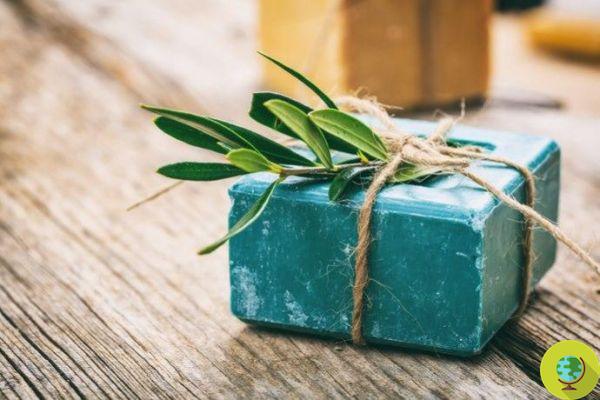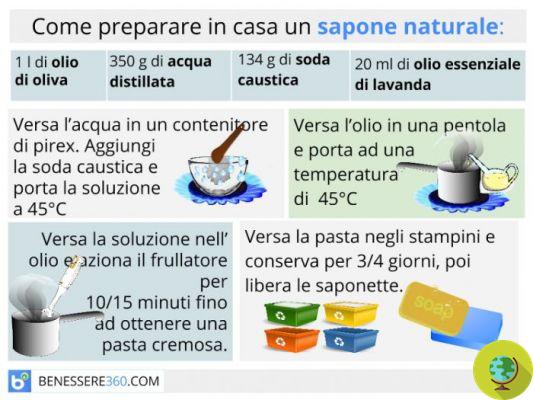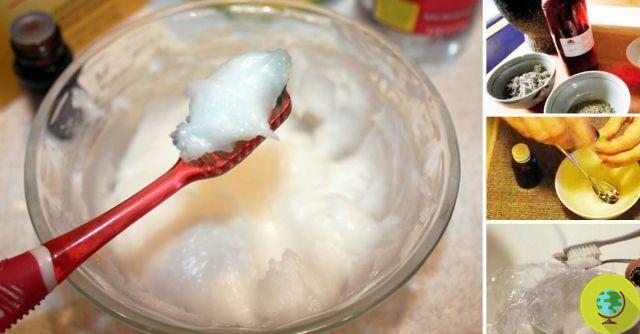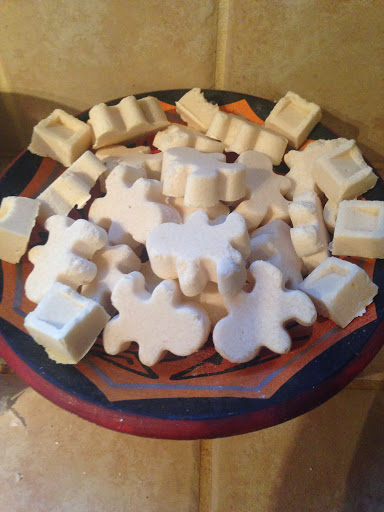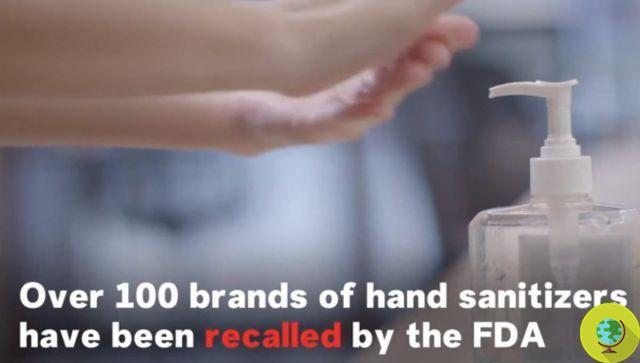Luffa cylindrica, or better known as Loofath, is nothing more than a courgette! yes from now on you will use a courgette as a sponge for the body but not only for washing dishes and cleaning your home and last but not least as a toy for your furry friends!
He is about to end up run over, his mother saves him
Showering with a zucchini? It's all a matter of Luffa! How much are you really willing to know and change your consumption and your habits? Well, something really simple is stop using animal sponges this is not just because cruel and one of those things that affects the depletion of biodiversity, but above all because it is a full demonstration of the lack of respect that we humans have for nature that leads us to kill and exploit not only in times of need but also for absolutely superfluous things.
Respect for all living beings can also pass through the choice of sustainability and self-production of such a little thing regarded as a sponge.
You know that generally the animal sponges, to be clear, those "beautiful soft ones perfect for babies" are nothing more than small living organisms that grew and carried on their activities in full harmony with the rest of their ecosystem?
Do you really want to be responsible for their impoverishment, their death and their exploitation? Well, if your answer is no, then an alternative that is, yes respectful, but also natural (and absolutely perfect to self-produce) is: ladies and gentlemen here is the Luffa!
La Cylindrical loofah, or better known as Loofath, is none other than one zuchini! well yes from now on you will use a courgette as a body sponge but not only for washing dishes and cleaning your home and last but not least as a toy for your furry friends!
The loofah is a courgette, the plant is a cucurbit native to South America, annual exactly like the beautiful orange pumpkins that fill the fields at the end of autumn, but its peculiarity is that the fruit, that is the loofah itself, is too fibrous, as an adult, to be consumed, so a much more appropriate use has been found: to transform it into something useful like a sponge.
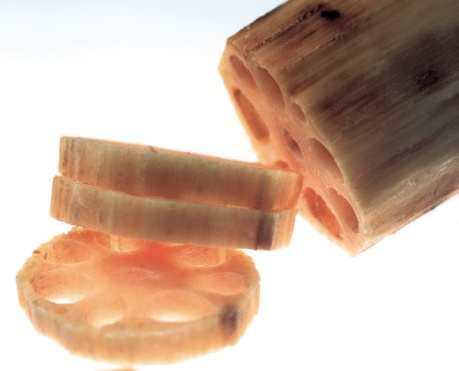
This is the perfect time for sow your sustainable sponges, they are easy to grow and make many beautiful fragrant yellow-orange flowers, at the end of summer you will have a bountiful harvest if you give them lots of sun and lots of water and so after harvesting them, transforming them from zucchini to sponges will be really a breeze!
You simply have to take a nice vase (not too big!), put a nice bottom of expanded clay for drainage, proceed to fill it with soil and if you have it with a small amount of nice mature compost, then make small holes by pressing your finger in the well compacted earth and place your seeds, one in each hole, cover them and give them water constantly keeping them in full sun, within a week you will see small sprouts of your loofah plants sprout.
Once they grow, accompany their growth with a trellis or even simply with bamboo canes.
When the plant dies (after about 5 months) you will finally have your sponges: in fact the fruits will turn from green to brownish.
Reap the rewards, peel off the outer skin and then dunks repeatedly from the center towards the ends the sponge removing the fleshy inner part and thus letting out all the seeds, which you will dry and keep aside for the next year.
If you then wish to have delland nice clear sponges then put it to soak in sodium percarbonate and warm water for a few minutes in order to lighten them as much as possible avoiding the use of bleach which is decidedly polluting and highly toxic for aquatic fauna.
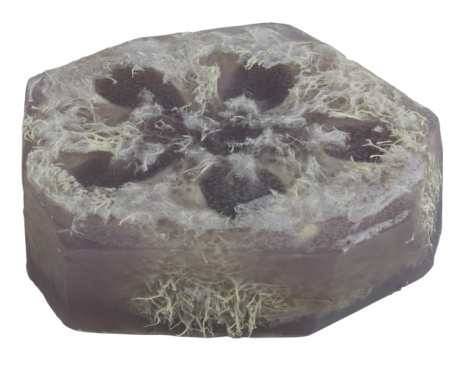
You can also dye using natural substances, of course such as plants, herbs, flowers or spices: some examples? Yellow with turmeric, beige with coffee or juniper berries, pink with lavender or roses, blue / purple with indigofera, blackberry or poppy flowers but for the complete list and the correct procedure, I refer you to the splendid site of my dear friend Veggie.
What finally remains for you to do is add a small string of twine cotton kitchen towel to make your new 100% natural and vegetable sponge perfect and that's it!
It is also, as I mentioned before cutting a loofah into pieces to use it as play teeth cleaner for our furry friends, it is non-toxic and completely sustainable!
Finally my last tip concerns i semi: if you need to find the seeds but close to your home you just can't find them I recommend I fiori del bene, a very reliable site managed by very nice guys, otherwise give yourself to the exchange of seeds which is always very welcome and fun like the one I have just made with the boys of Natural alternative of Naples (alternativanaturale@yahoo.com).
Kia - Carmela Giambrone
Sources:
- www.ifioridelbene.com
- www.lareginadelsapone.com
- www.groovygreen.com
- www.ecospugne.altervista.org





